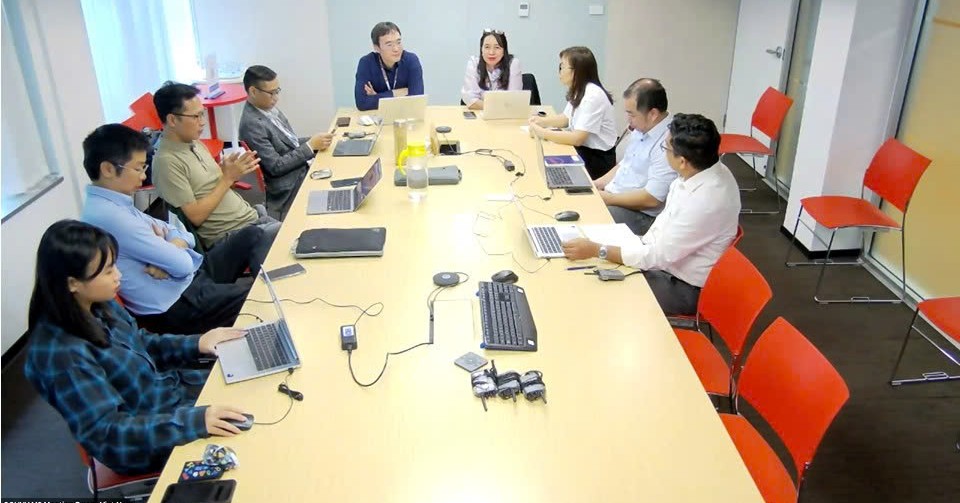The traditional model of production and consumption, also known as a linear economy, is gradually becoming obsolete and revealing many downsides. In that context, the circular economy model is encouraged with the expectation of creating an “infinite loop” for matter, creating sustainable benefits for both the economy, society and the environment.

For businesses, the transition to a circular production and business model seems to be becoming inevitable. According to DNV, a research firm, the transition to a circular model of businesses is driven by both internal and external motivations.
In particular, the internal motivation is the business benefits that can be achieved, including cost optimization, building a sustainable and environmentally friendly brand image, etc. External motivations are regulations and policies. Government policies as well as market standards are increasingly demanding.
Large corporations and companies are also tending to join together to create alliances to promote circular and sustainable models, such as the Ellen McArthur Foundation, WBCSD. In Vietnam, there are also a number of organizations such as the Vietnam Packaging Recycling Alliance (PRO Vietnam), the Vietnam Recycles program, etc.
Gaps in the circular economy
A survey conducted by DNV with nearly 800 businesses around the world showed that nearly 60% of businesses said that the biggest motivation to convert to a circular economy model was to reduce production costs.
It is from this motivation that the enterprise’s plans mainly focus on and innovate on processes and products. Specifically, nearly 40% of enterprises participating in the survey said that they are improving to prolong the product’s life cycle; More than 30% of enterprises have developed a resource recovery process.
However, the survey results also show that businesses do not seem to pay much attention to external motivations. Accordingly, less than 40% of businesses consider building a brand image as a driving force for the circular economy and less than 30% of businesses think that the circular economy helps retain customers.
This is also the reason why businesses pay less attention to the method of changing business models. Only about 17.6% of businesses choose to provide services (for example, renting products for life instead of selling products) and 12.5% apply sharing platforms.
“Process and product innovation options are likely to deliver immediate results, but focusing solely on these options will significantly slow the transition to a circular economy.” DNV commented.
In addition, a solution that can bring high efficiency but has not yet been exploited by businesses is the application of a digital platform to connect directly with consumers, encouraging consumers to make sustainable choices. According to PRO Vietnam, consumers are an important and prerequisite link to build a circular economy model.
Performance metrics and risk management of the transition to a circular economy are also underappreciated. Only less than a quarter of businesses determine the initial level of circularity before implementing initiatives and 26.7% set specific goals and targets.
“Consumers are increasingly demanding corporate sustainability, not just calls for transparency, but on a concrete basis,” said Luca Crisciotti, Managing Director of Supply Chain The response at DNV explains that the lack of performance measurement can prevent enterprises from building a circular economy model.
Source: Pham Son, TheLeader
















